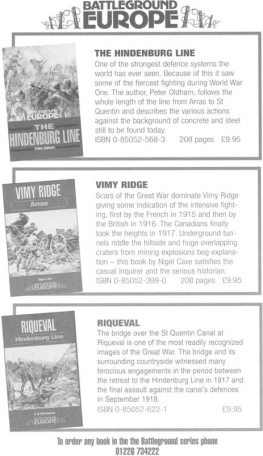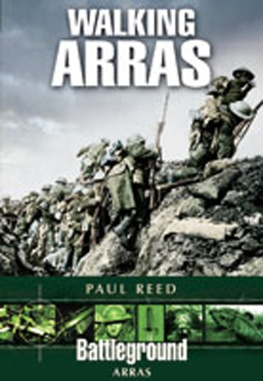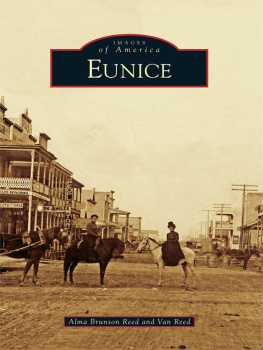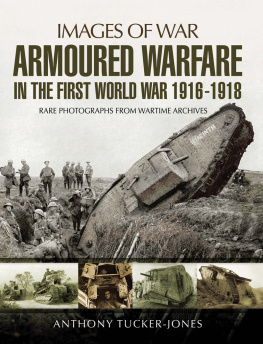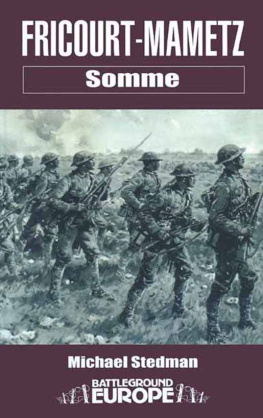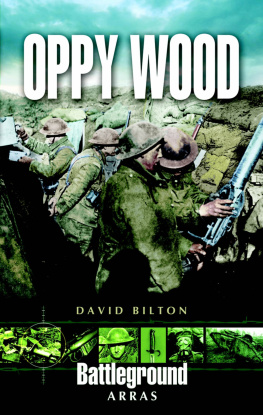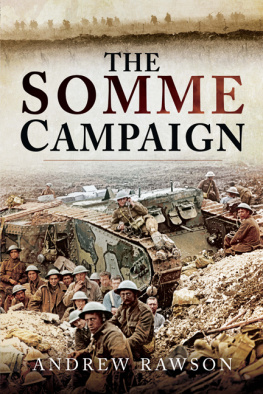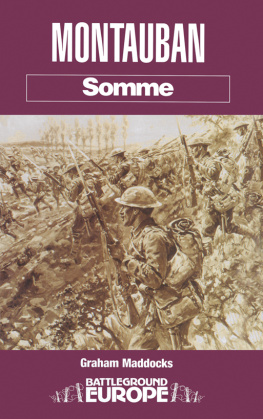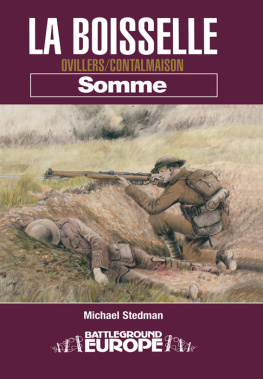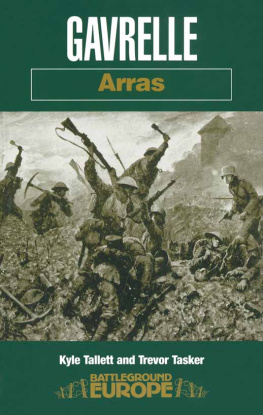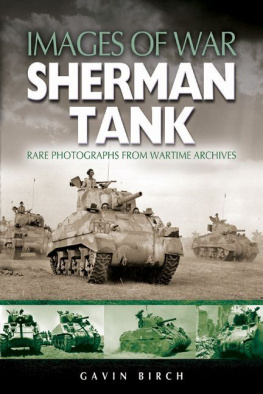Battleground Europe
COURCELETTE
Other guides in the Battleground Europe Series:
Ypres - Sanctuary Wood and Hoogeby Nigel Cave
Ypres - Hill 60by Nigel Cave
Walking the Sommeby Paul Reed
Ypres - Passchendaele: The Fight for the Villageby Nigel Cave
Somme - Serreby Jack Horsfall & Nigel Cave
Somme - Beaumont Hamelby Nigel Cave
Somme - Gommecourtby Nigel Cave
Somme - Thiepvalby Michael Stedman
Somme - La Boisselleby Michael Stedman
Somme - Fricourt Mametzby Michael Stedman
Somme - Guillemontby Michael Stedman
Somme - Poziresby Graham Keech
Arras - Vimy Ridgeby Nigel Cave
Hindenburg Lineby Peter Oldham
Hindenburg Line - Riquevalby Bill Mitchinson
Hindenburg Line - Epehyby Bill Mitchinson
Battleground Europe Series guides in preparation:
Walking the Salientby Paul Reed Ypres - Polygon Woodby Nigel Cave
Somme - Comblesby Paul Reed
Somme - Delville Woodby Nigel Cave
Somme - Boom Ravineby Trevor Pigeon
Somme - Carnoy-Montaubanby Graham Maddocks
Somme - High Woodby Terry Carter
Boer War - The Relief of Ladysmith, Colenso, Spion Kopby Lewis Childs
Boer War - The Siege of Ladysmithby Lewis Childs
Hindenburg Line - Cambrai: Right Hookby Jack Horsfall & Nigel Cave
Battleground Europe
COURCELETTE
Paul Reed
Series editor
Nigel Cave

LEO COOPER
Dedicated to Yves Foucat, of Pozires
19291997
First published in 1998 by
LEO COOPER
an imprint of
Pen Sword Books Limited
47 Church Street, Barnsley, South Yorkshire S70 2AS
Copyright Paul Reed
ISBN 0 85052 592 6
A CIP catalogue of this book is available
from the British Library
Printed by Redwood Books Limited
Trowbridge, Wiltshire
For up-to-date information on other titles produced under the Leo Cooper imprint,
please telephone or write to:
Pen & Sword Books Ltd, FREEPOST, 47 Church Street
Barnsley, South Yorkshire S70 2AS
Telephone 01226 734555
Cover painting: A Tank In Action by John Hassell (18681948)
Reproduced Courtesy of the Lincolnshire County Council: Usher Gallery
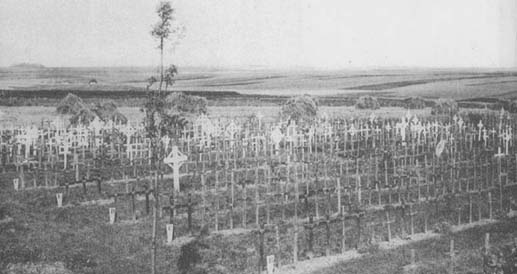
Puchevillers Cemetery in 1919, where many pre-Courcelette Canadians were buried.
CONTENTS
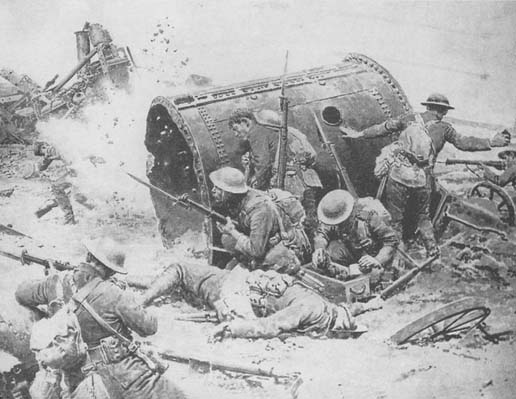
Canadians fighting at close quarters in front of the sugar refinery at Courcelette.
The Somme continues to remain one of the most popular areas along the old Western Front for pilgrims to the battlefields. Come the summer almost every other car on the Albert-Bapaume road is British, tracing grandfathers and, increasingly, great grandfathers who served in the battle. Time and again such visitors see the same places - there is almost an accepted list of them. And one date obsesses them all - 1st July 1916. At times the casual visitor might be forgiven for thinking that the battle began and ended on that date. But the Somme slogged on until November 18th; beginning in the heavenly weather described by Siegfried Sassoon and ending in a snowstorm which blotted out the landscape.
Courcelette is one of those places on the Somme battlefields often overlooked by the summer visitors. Indeed, a member of the Western Front Association asked me during the research for this book, Did anything ever happen at Courcelette? He went quiet when I mentioned 24,000 Canadian casualties, three Victoria Crosses and over two months of fighting.
Courcelette was indeed primarily a Canadian battlefield, but today few Canadians have either heard of it or come this way. Vimy overshadows the sacrifice on the Somme, and there is nowhere near the interest in things Great War in North America as there is, for example, in Britain or Australia. One can only hope this changes.
The joy of the Battleground Europe series of guides is that they provide answers to the sort of questions my WFA friend posed. Here the Courcelette volume covers the fighting for the village from the first attack with tanks on 15th September to the murderous fighting for Regina Trench to the final push on Desire Trench at the end of the Somme Battle.
Today the fields around Courcelette are silent. Occasionally, staring across the chalk downlands on the Ancre heights, one might hear the faint whisper of echoes past on the wind; talk of Jimmy Richardson piping his men into action, of Lieutenant Howard alone and surrounded, fighting to the last, or of Canon Scott making the long search for his sons grave at Regina Trench. There are countless stories. Many have their memorial in stone - what they did has never before appeared in print. So here, at last, I would like to hope the memory of them and the other 8,000 Canadian soldiers who fell on the Somme is not forgotten.
Paul Reed, Sussex & The Somme. Autumn 1997
The Somme village of Courcelette was a place of considerable importance to the Germans from the time that the line stabilised in the area in 1914. One of its most important features was the large sugar refinery that was built there in the early years of the twentieth century. The only remnant of this place may now be found in the garden centre that is to the south west of the village, on the north side of the Albert-Bapaume road. In the grounds of the centre may be seen the top of the workings of the shaft that was sunk to provide the many gallons (or perhaps one should say litres) of water that were required for the refining of the beet. Its significance for the Germans was that this plentiful supply of water could be pumped forward to trenches and strongpoints in a part of France where water supplies are notoriously difficult. Indeed one of the reasons for the paucity of individual farms and instead their clustering into the typical Somme village is so that this water problem could be resolved by the use of communal wells and, in more recent years, water towers.
Courcelette is a most important place in the development of Canadas military history. It was here that the fourth Canadian division finally came into the same sector as its three fellows, although not for long; the final joining was to come in the winter of 1916 as the Corps took its position on the slopes of Vimy Ridge. Just as war often speeds social and technological change, so also it increased the speed of the political development of Canada as an independent nation, able to take its place in the councils of war and to follow a policy, if necessary, of its own.
The actions at and around Courcelette between mid September and mid November cost the Canadians just over 24,000 casualties; the nature of the battlefield was such that many of those who were killed in the fighting never received a proper burial or if they did, they were often unidentifiable. Thus many of those who died here are commemorated on the monumental walls at Vimy; and a visit to that place and the recently opened (November 1997) Visitors Centre, which attempts to explain the origins and recruitment of the Canadian contingent as well as the action at Vimy, is strongly recommended.

